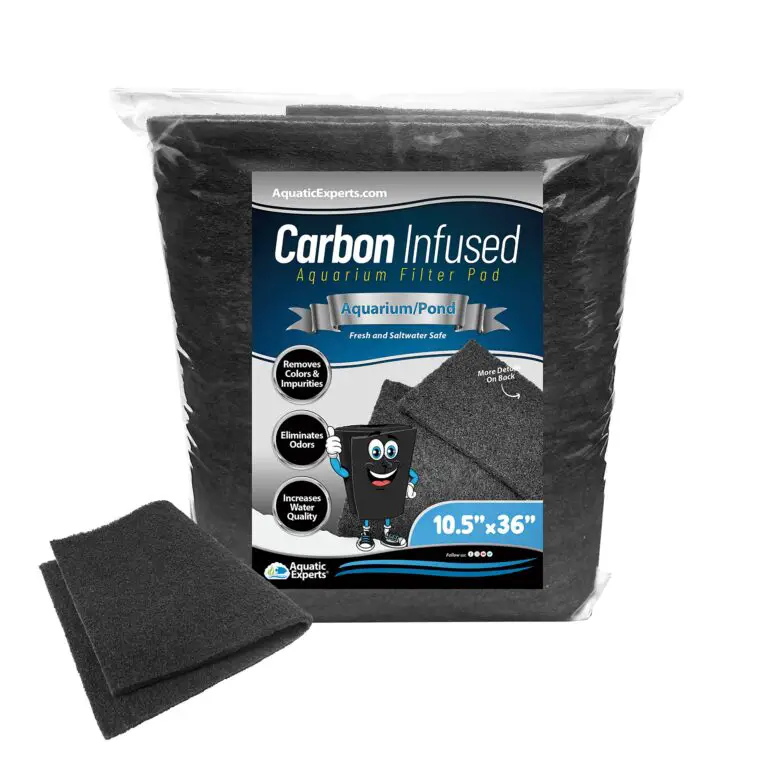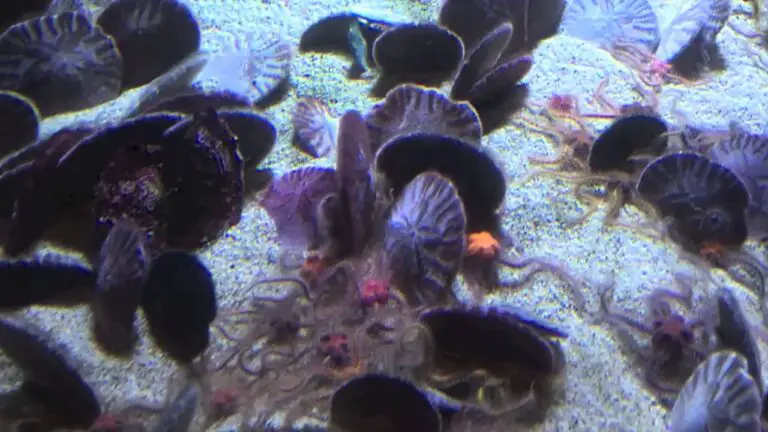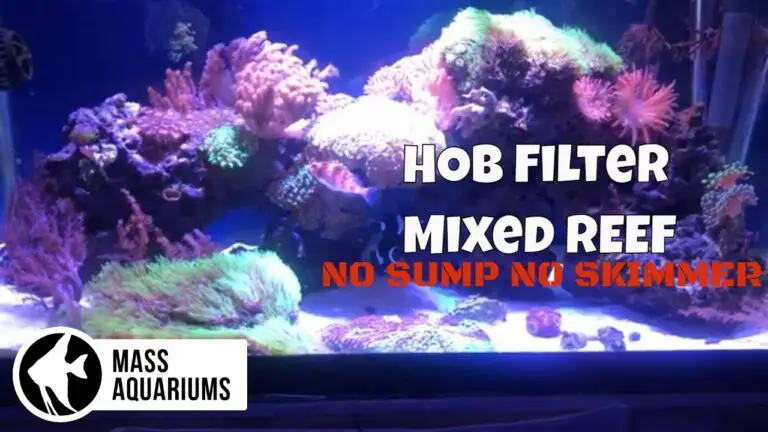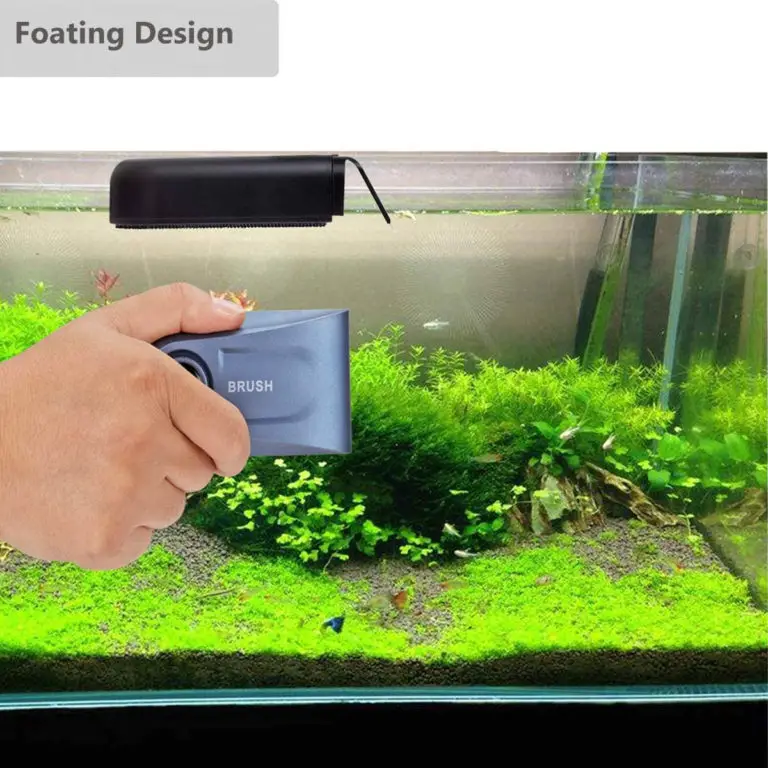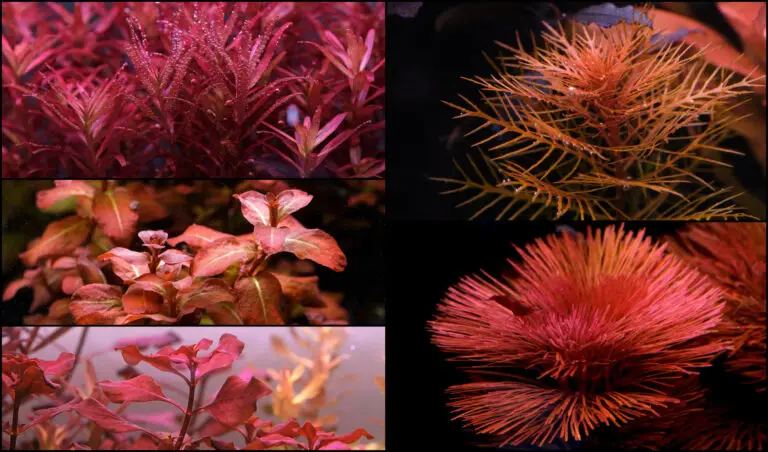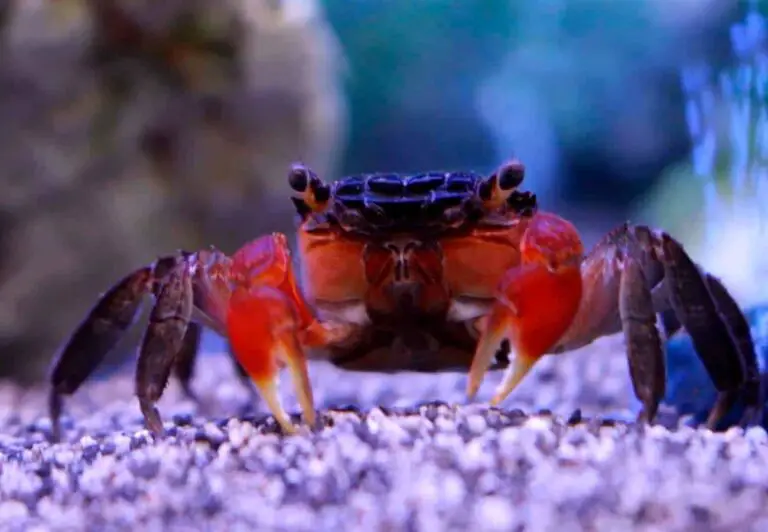How Much Does a Wall Aquarium Cost?
The cost of a wall aquarium can vary greatly depending on the size, material and features. Generally, smaller acrylic wall tanks start around $200 while larger glass tanks may exceed $2,500. Most mid-sized tanks (30-50 gallons) fall in between these two prices, ranging from about $400 to $1,000. Additional costs such as filters, pumps and…

